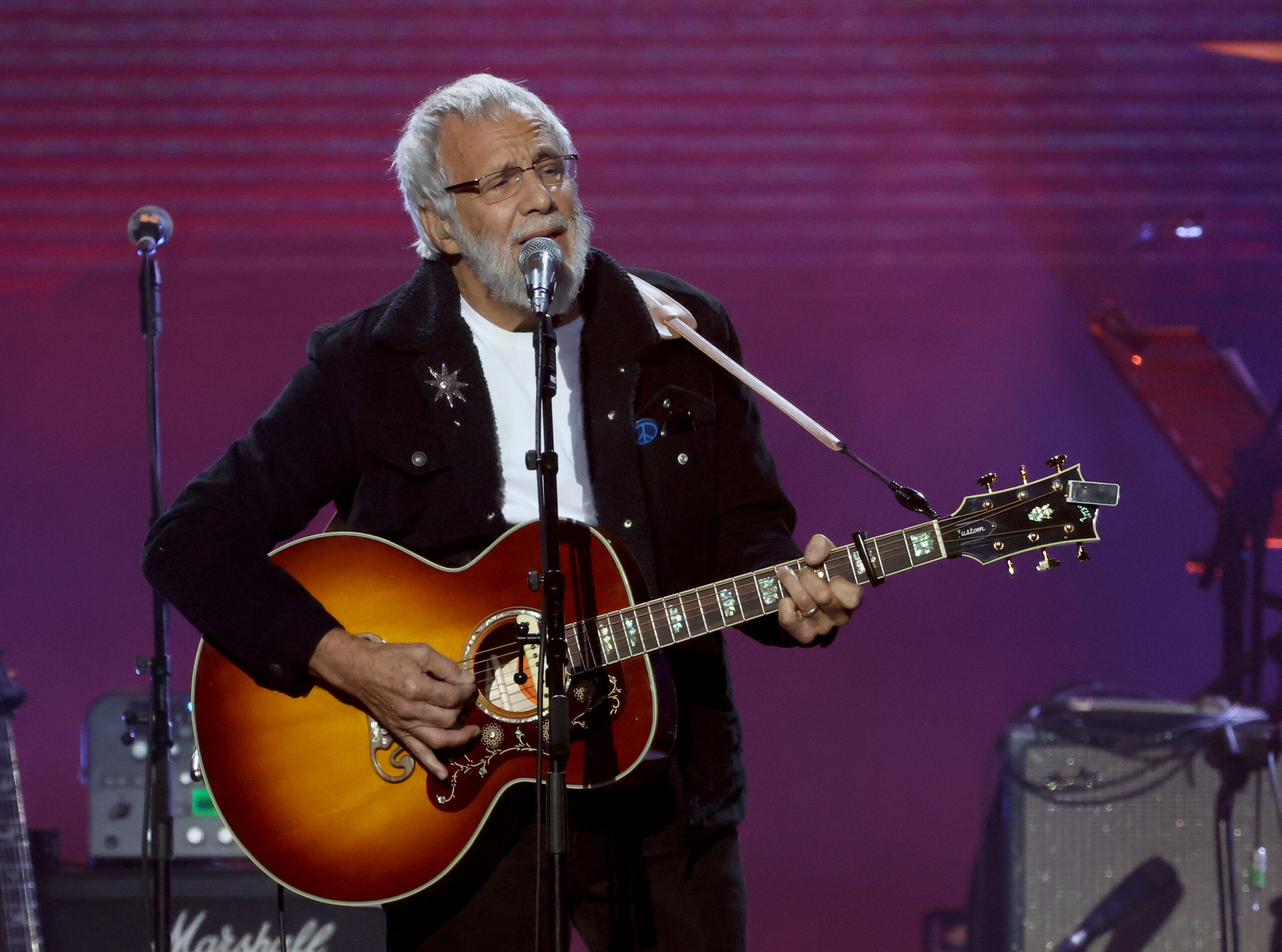Student loan delinquencies surge back after 5-year pause
Student loan delinquencies are back, with nearly one in four borrowers behind on their payments, according to a recent New York Fed report.

Student loan delinquencies spiked in the first few months of this year after a pandemic-era pause in reporting late payments ended, the New York Federal Reserve reported Tuesday in its quarterly household debt analysis.
Serious federal student loan delinquency, marked when someone fails to pay for 90 days, surged from below 1 percent in the first quarter last year, during the five-year reporting pause, to nearly 8 percent this year as reporting resumed, the New York Fed found.
The renewed addition of student loan reporting ultimately drove the nation's combined rate of delinquent consumer debt to its highest level in five years.
"Transition rates into serious delinquency have leveled off for credit card and auto loans over the past year," Daniel Mangrum, Research Economist at the New York Fed, said in a news release. “However, the first batch of past due student loans were reported in the first quarter of 2025, resulting in a large jump in seriously delinquent borrowers."
Delinquent borrowers will see the new data reflected in their credit reports and could face involuntary collections.
The student loan delinquency rate fell below 1 percent after the federal government paused student loan repayments and delinquency tracking in 2020 at the height of the COVID-19 pandemic.
Borrowers were given a one-year transition period after student loan payments technically resumed in late 2023, which protected them from some financial penalties and repayment. The delinquencies began appearing on credit reports this year, New York Fed analysts noted.
"Among borrowers who were required to make payments, nearly one in four student loan borrowers (23.7 percent) were behind on their student loans in the first quarter of 2025," they wrote.
The Fed's analysis found that student loan delinquency was most prevalent in the south, while states in the northeast tended to have lower rates.
Seven states had student loan delinquency rates higher than 30 percent: Mississippi (44.6 percent), Alabama (34.1 percent), West Virginia (34.0 percent), Kentucky (33.6 percent), Oklahoma (33.6 percent), Arkansas (33.5 percent) and Louisiana (31.8 percent).
Just five states had rates below 15 percent: Illinois (13.7 percent), Massachusetts (14.0 percent), Connecticut (14.5 percent), Vermont (14.7 percent) and New Hampshire (14.8 percent).


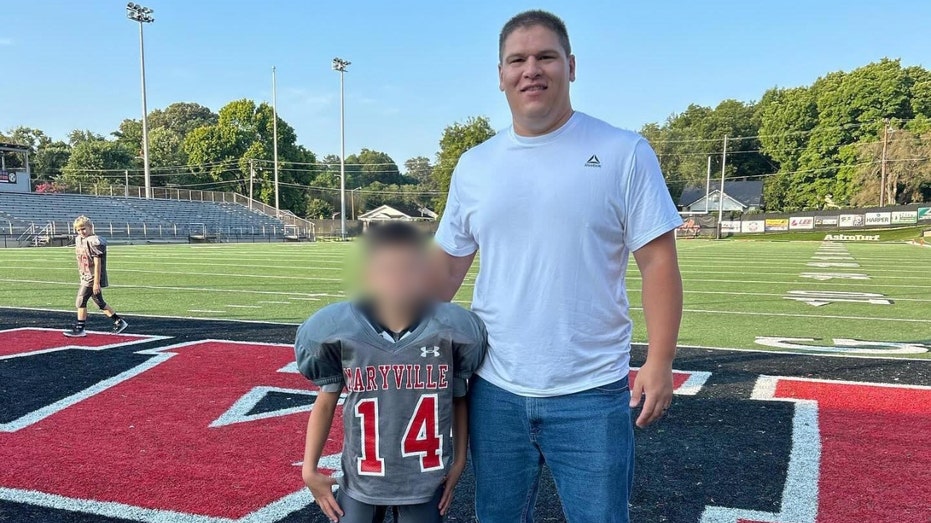
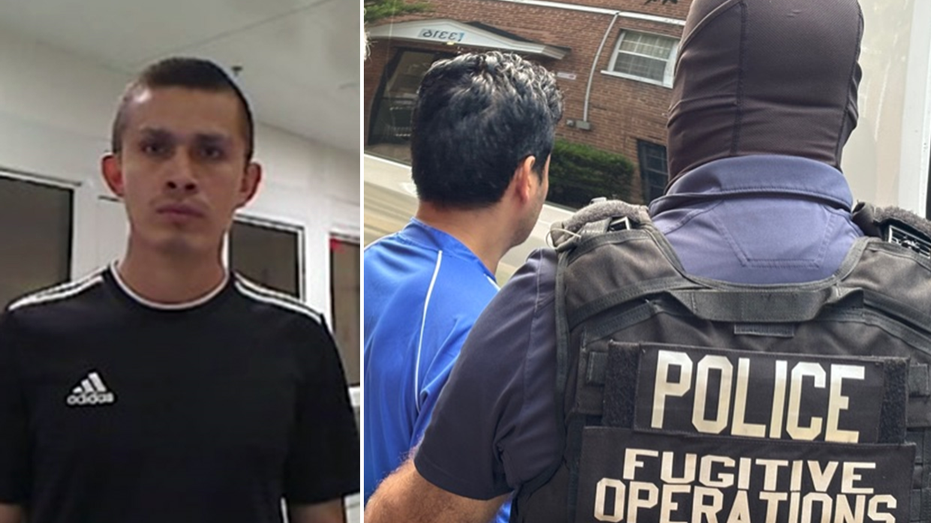














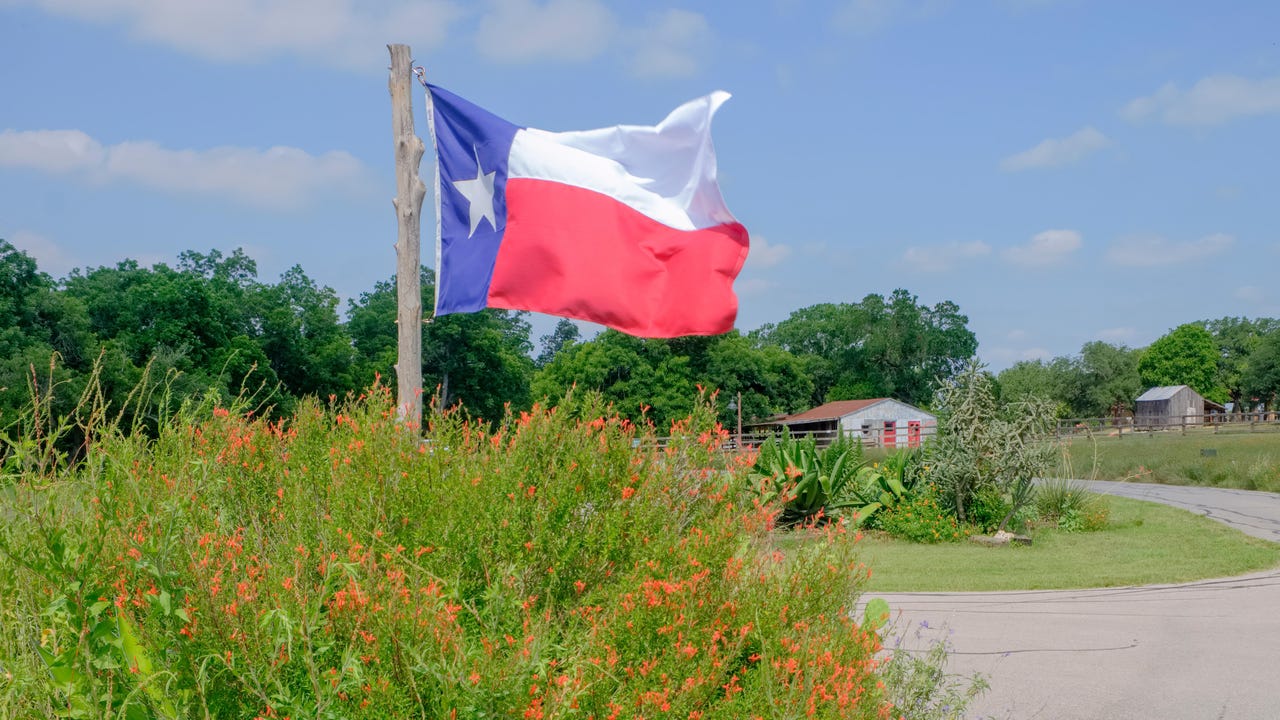

_ElenaBs_Alamy.jpg?width=1280&auto=webp&quality=80&disable=upscale#)



















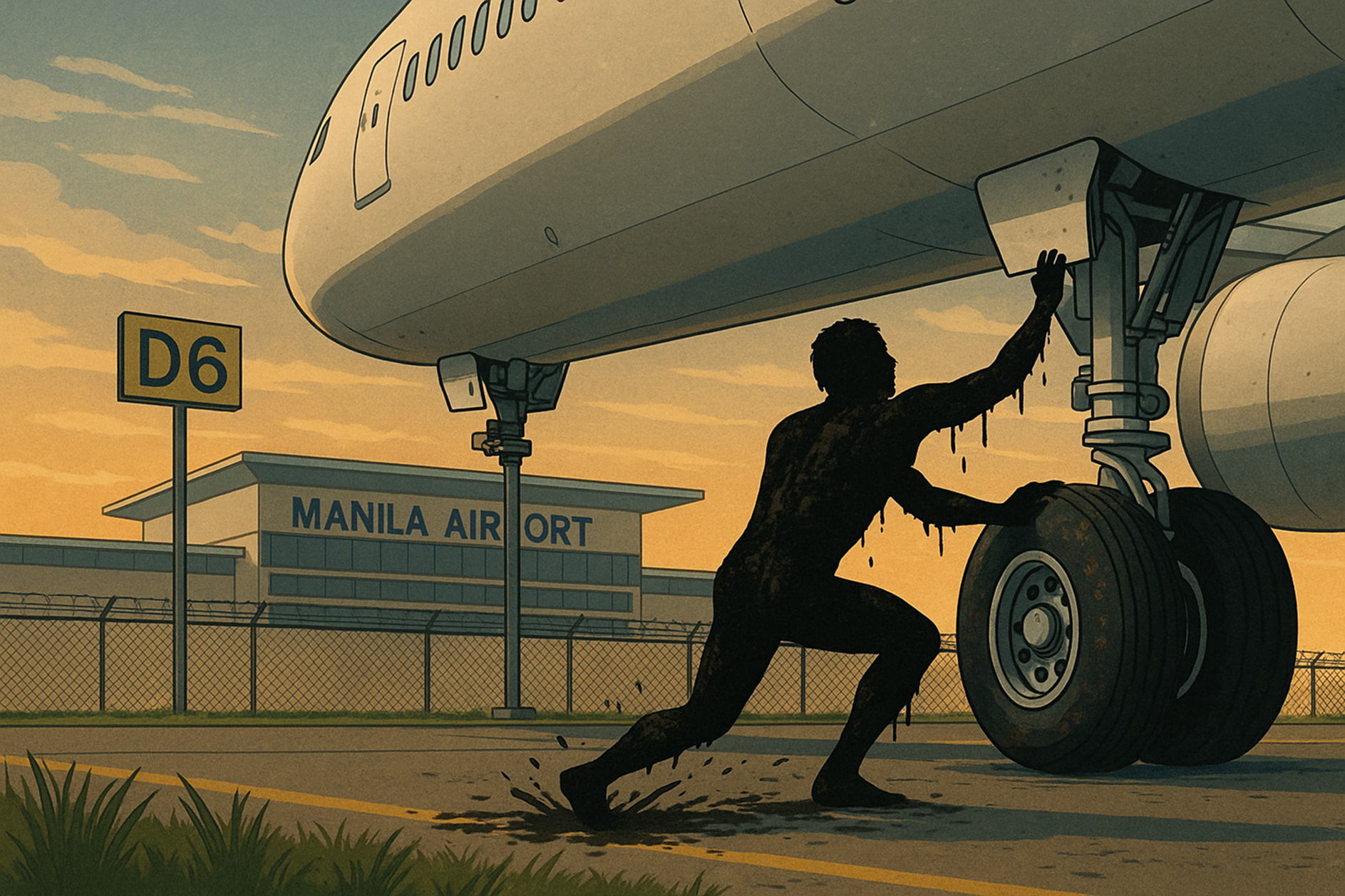

![Bitten By Bed Bugs At Luxor—Rushed To Hospital, All They Did Was Waive Her Resort Fee. Now She’s Suing [Roundup]](https://viewfromthewing.com/wp-content/uploads/2025/05/luxor.jpg?#)














